The Korean version of Shabu Shabu— a very popular Japanese dish where thinly sliced meat and assorted vegetables are cooked in boiling broth, and served with a variety of dipping sauces.
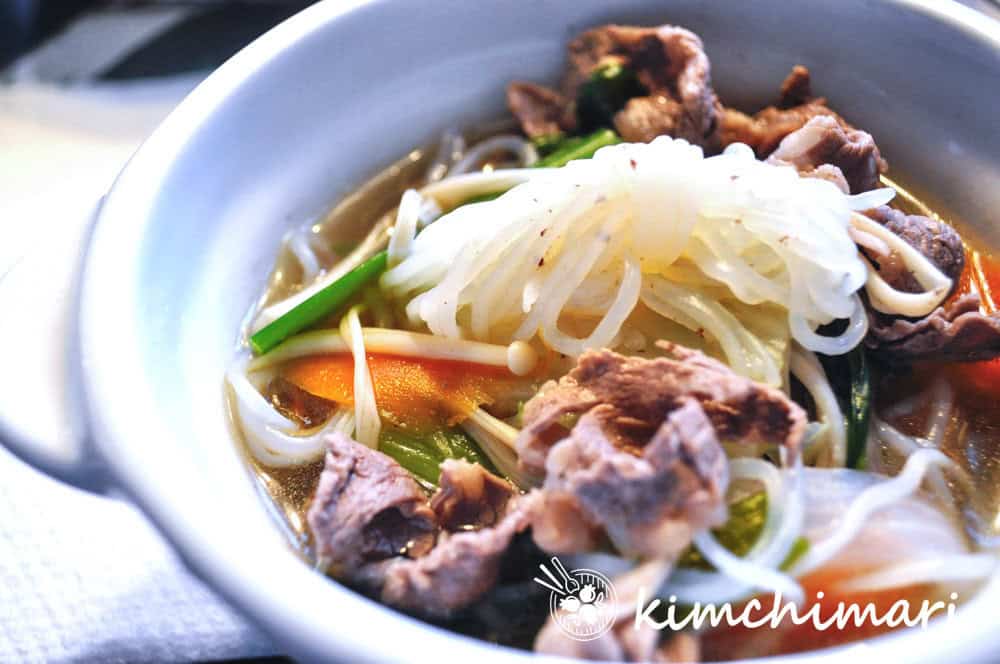
Similar to how I came to develop my own recipe for Yache Twigim (because no restaurant served this dish), I developed this recipe over the years because I have not yet found any restaurants in my area that serves this dish the way I like it.
My Shabu Shabu Story
The best Shabu Shabu I ever had was on a pheasant farm in Jeju Island many years ago when I was 13 or so. It was made from pheasant stock and paper thin slices of pheasant meat. It was just unbelievably tender and delicious. I haven’t had anything similar ever since, but this beef shabu shabu is somewhat close to that.
I love this dish because it is also really easy to prepare and cook and that you get to eat a lot of vegetables while still enjoying the taste of meat. The cost of this kind of beef is a bit high but the amount of meat you eat is actually quite little so it’s better for your health. It is also very nutritious and very diet friendly. Can’t get any better than that, right?
What Pot Works Best?
It works best if you have an electric hot pot (cooker) like the one below.
Besides the rice cooker, this is probably the best electric appliance to have for cooking Asian dishes. When you buy an electric hot pot, make sure it can reach high temperatures (above 450 degrees), it’ll boil quicker. If you don’t have a cooker, you can also use a table top gas or electric cooker with a pot on it or simply cook in a pot on the stove.
Choosing the Right Ingredients
Shabu Shabu Meat
 Look at the thinness and marbling!
Look at the thinness and marbling!We have a Japanese grocery store nearby, and this is how they sell the shabu shabu meat. It is paper thin and has very nice marbling to the meat. Hopefully you can get beef of this quality in your neighborhood. The cuts are usually Rib Eye, Chuck for beef and Pork Loin if you want to use pork. You can also use chicken for the most healthy version.
Note, shabu shabu cuts are lot thinner than Sukiyaki cuts but in a pinch, that will work OK too.
The important thing is to have the meat sliced really really paper thin. You want it to be so thin that it almost rips apart when you pick it up.
Other than that, make sure to select meat that has good marbling. If the meat is too thick, it will be too chewy and tough when cooked.
How to slice Shabu Shabu cuts at home
You can freeze your meat in the freezer for 1.5 to 3 hrs until it’s firm enough for the meat to keep shape while it’s not too frozen for you to be able to cut without difficulty. Sorry, that the time range is so wide. Because I don’t know how thick your cut will be, I had to give you a wide range. Just check every 30 min and see if it will work.
And then just cut against the grain whatever meat cut you have. If you want to see a video – you can watch the beginning of my How to make Bulgogi youtube video. I show you how to freeze and cut a flank steak to make Bulgogi.
Yam Noodles
Here are two different kinds of yam noodles— they both work fine.
Their taste is really not much different – there’s actually not a lot of taste to these noodles. The noodles are eaten more for texture and they are zero calories! Can’t beat that!! You can also use kelp noodles if that’s easier to buy.
These noodles work great in soups because it does not thicken the soup at all, and their texture remains chewy (al dente) no matter how long they are cooked.
How to make Korean Style Shabu Shabu
Main Ingredients
- 1 lb Prime Rib-eye (sliced paper thin)
- 1 each Onion
- 1 large Carrot, or 2 Small Carrots, sliced thin
- 1 bunch Spinach (Korean or Japanese spinch works best)
- 1 small Napa Cabbage
- 1 bunch Green Onions
- 1 bag of Enoki Mushrooms (or 5-6 Large Shiitake Mushrooms)
- 1 7 or 8 oz Bag of Yam Noodles
Soup Stock
- 7-8 cups of Anchovy stock with Sea Kelp
- 2 tbsp Memmi (Kikkoman Noodle Soup Base)
- 1 tbsp Sea Salt
- 1 tbsp Soy Sauce (optional)
Dipping Sauces
Creamy Sesame Citrus Sauce
- 2.5 Tbsp Tahini Sauce
- 1 Tbsp white miso
- 1/3 C cooking sake or Mirin
- 1 Tbsp Ponzu sauce
- 1 tsp sugar
- 4 tsp rice vinegar
- 1 tsp sesame oil
- 1 tsp soy sauce
Lime Kelp Sauce
- 1 Tbsp lime juice
- 3 Tbsp soy sauce
- 1 Tbsp + 2 tsp rice vinegar
- 1 Tbsp ponzu sauce
- 2 Tbsp Kelp Broth (take from shabu shabu broth)
- 1 tsp sugar
My favorite Store Bought Sauces
- Goma Shabu— Sesame + Soy Sauce + Vinegar + Sugar Sauce
- Pon Shabu— Ponzu (Citrus Sauce) + Soy Sauce + Vinegar + Dashi Sauce
 Sauces (Memmi, Kon Shabu, Pon Shabu) – these are my favorite to use
Sauces (Memmi, Kon Shabu, Pon Shabu) – these are my favorite to useInstructions
- Prepare the soup stock by first making the anchovy stock on the stove. Add a piece of sea kelp (다시마 Dashima) at the end, and simmer for 5 more minutes. If you leave the sea kelp in the stock for too long, milky, sappy, substance starts to come out from the kelp. This doesn’t really affect the taste, but it does make the soup cloudy.
- Season the soup lightly with some salt, soy sauce, and Memmi. Taste the soup and adjust accordingly. Strain the anchovies and sea kelp, add the stock back into the pot. Keep it warm.
- Clean the vegetables and cut them. Sever the root end of the Napa Cabbage first, then the rest of the plant will unravel on its own.
Stack the leaves, and cut into pieces like so. - Slice the onions thinly. Cut the green onions into 1 1/2 inch lengths. Slice the carrots into thin slices so that they cook faster. Clean the spinach and cut off the roots.
- Rinse and cut off the roots of the enoki mushrooms. You can substitute fresh shiitake or oyster mushrooms, or use dried reconstituted shitake mushrooms instead of enoki.
- Put all the cut vegetables onto a large platter so that they are easy to reach when cooking at the table.
- You are now ready to cook and eat. Hopefully the table setting is done by now…you should have a small soup bowl and sauce dishes for each place setting.
- Transfer the warm soup into the hot pot. Turn the heat on high and when the soup is boiling, take off the lid and cook the meat first. Add about 2-3 pieces of meat for each person. Because the meat is so thin, it cooks almost instantly, so be prepared to take it out when the meat is no longer pink.
- Serve the meat into the bowls, and let everyone dip the meat into one of the 2 sauces (pon, or goma shabu) before eating it. Reserve about 1/3 of the beef so you can cook it with the vegetables!
- It is now time to cook the vegetables with the meat. Don’t put all of the vegetables into the hot pot at once. Divide the vegetables into 2 or 3 parts and cook them in 2 or 3 batches. Otherwise, they will take too long to cook and people won’t be happy.
- Add a few pieces of the meat, and some of the carrots and onions first since they take longer to cook. Cover the pot and let it come back to a boil.
- Add a handful of spinach, cabbage, yam noodles, then cover, and bring back to a boil.
- Finally, add the green onions and mushrooms.
- When the vegetables all become soft then they are ready to eat! Turn down the heat to low when everything is cooked to keep things warm.
- Serve the vegetables and the meat but not much of the soup, because it will be used later to make the porridge. Turn the heat back up to high when you’re ready to cook the next batch of vegetables and meat.
FROM JINJOO!
Tips and Tricks for a Perfect Shabu Shabu
- Don’t feel like you have to have ALL the vegetables I listed in the recipe. As long as you have some cabbage, onions, carrots, green onions and some type of mushroom, you are good.
- If you can, buy oriental spinach, It doesn’t get as mushy as the common spinach when cooked. Oriental spinach/Japanese spinach/Korean spinach are usually smaller, have longer stems and have pointier, flatter leaves.
- The spinach and cabbage reduce a lot in volume when cooked, so you should have a lot more prepared.
- SAVE leftover broth for another dish – the broth you will have leftover at the end is GOLD. If you aren’t going to use it for noodles or rice porridge, save the leftover in the fridge or freezer then use it to make rice porridge or just use as broth for jjigae or whatever.
How to make Shabu Shabu Jook (Porridge)
After everyone has had a good share of all the vegetables and the meat— (it’s good to have some leftover meat and veggies in the soup)— you can begin to make the jook!
Ingredients
- 2 cups Cooked Rice
- 1 – 2 tbsp Chopped Garlic
- 1/4 tsp Garlic Powder
- 1 – 2 tbsp Pon Shabu Sauce
- 2 tsp Roasted Sesame Seeds
- 1 pinch of Ground Black Pepper
- Thinly Sliced Perilla Leaves (Garnish)
- Salt (to taste)
- 1/8 tsp Red Chili Powder (optional)
Instructions
- To the soup, add some cooked rice and bring it to a boil. Make sure you have the right amount of soup for the rice— it should be fully immersed in the soup, with some soup leftover. But if the rice is too freely swimming in the water, you may want to take some of the soup out. You can always add more back in later.
- Once the rice starts to bubble, season the porridge by adding the chopped garlic, black pepper, garlic powder, chili powder, pon shabu sauce, and salt. Remember to add a little at first, have a taste test, then add more if you think it’s not enough.
So what are these brownish seeds that you see on top of the jook? They are the seeds of the perilla plant – a cousin of the white sesame seeds that you commonly see. They are very fragrant and flavorful and I love how it adds a little extra punch to the jook. - If you have fresh perilla leaves, you can slice some of them and add to the porridge right before you eat!
Follow along on social for more Korean recipe inspiration!
Korean Style Shabu Shabu
The Korean version of Shabu Shabu— a very popular Japanese dish where thinly sliced meat and assorted vegetables are cooked in boiling water, and served with a variety of dipping sauces.
serves: 4 people
Ingredients
Korean Style Shabu Shabu
- ▢ 1 lb Prime rib-eye Sliced Paper Thin
- ▢ 1 each Onion
- ▢ 1 each Large Carrot (or 2 Small Carrots)
- ▢ 1 bunch Spinach
- ▢ 1 each Small Napa Cabbage
- ▢ 1 bunch Green Onions
- ▢ 1 bag Enoki Mushrooms (or 5-6 Large Shiitake Mushrooms)
- ▢ 1 7-8 oz bag Yam Noodles
Soup Stock
Shabu Shabu Jook (Porridge)
- ▢ 2 cups Cooked Rice
- ▢ 1-2 tbsp Chopped Garlic
- ▢ 1/4 tsp Garlic Powder
- ▢ 1-2 tbsp Pon Shabu Sauce
- ▢ 2 tsp Roasted Sesame Seeds
- ▢ 1 pinch Ground Black Pepper
- ▢ 1 pinch Sea Salt
- ▢ 1/8 tsp Red Chili Powder Optional
- ▢ Thinly Sliced Perilla Leaves Garnish
Instructions
Korean Style Shabu Shabu
Prepare the soup stock by first making the anchovy stock on the stove. Add a piece of sea kelp (다시마 Dashima) at the end, and simmer for 5 more minutes.
7-8 cups Anchovy Stock with Sea Kelp
Season the soup lightly with some salt, soy sauce, and Memmi.
2 tbsp Memmi, 1 tbsp Sea Salt, 1 tbsp Soy Sauce
Strain the anchovies and sea kelp, add the stock back into the pot. Keep it warm.
Clean the vegetables and cut them.
1 each Small Napa Cabbage
Slice the onions thinly. Cut the green onions into 1 1/2 inch lengths. Slice the carrots into thin slices so that they cook faster. Clean the spinach and cut off the roots.
1 each Onion, 1 each Large Carrot, 1 bunch Green Onions, 1 bunch Spinach
Rinse and cut off the roots of the enoki mushrooms.
1 bag Enoki Mushrooms
Put all the cut vegetables onto a large platter so that they are easy to reach when cooking at the table. You are now ready to cook and eat.
Transfer the warm soup into the hot pot. Turn the heat on high and when the soup is boiling, take off the lid and cook the meat first. Add about 2-3 pieces of meat for each person.
1 lb Prime rib-eye
Serve the meat into the bowls, and let everyone dip the meat into one of the 2 sauces (pon, or goma shabu) before eating it. Reserve about 1/3 of the beef so you can cook it with the vegetables.
It is now time to cook the vegetables with the meat. Don’t put all of the vegetables into the hot pot at once. Divide the vegetables into 2 or 3 parts and cook them in 2 or 3 batches.
Add a handful of spinach, cabbage, yam noodles, then cover, and bring back to a boil.
1 7-8 oz bag Yam Noodles
Finally, add the green onions and mushrooms.
When the vegetables all become soft then they are ready to eat! Turn down the heat to low when everything is cooked to keep things warm.
Serve the vegetables and the meat but not much of the soup, because it will be used later to make the porridge. Turn the heat back up to high when you’re ready to cook the next batch of vegetables and meat.
Shabu Shabu Jook
To the soup, add some cooked rice and bring it to a boil. Make sure you have the right amount of soup for the rice— it should be fully immersed in the soup, with some soup leftover.
2 cups Cooked Rice
Once the rice starts to bubble, season the porridge by adding the chopped garlic, black pepper, garlic powder, chili powder, pon shabu sauce, and salt. Remember to add a little at first, have a taste test, then add more if you think it’s not enough.
1-2 tbsp Chopped Garlic, 1-2 tbsp Pon Shabu Sauce, 1 pinch Ground Black Pepper, 1 pinch Sea Salt, 1/8 tsp Red Chili Powder, 1/4 tsp Garlic Powder
Garnish with Roasted Sesame seeds and Perilla leaves.
2 tsp Roasted Sesame Seeds, Thinly Sliced Perilla Leaves
Course:Main Course
Cuisine:asian
Keyword:hot pot
Did You Make This?I love seeing what you’ve made! Tag me on Instagram at @Kimchimari or #kimchimari and don’t forget to leave a comment & rating below!










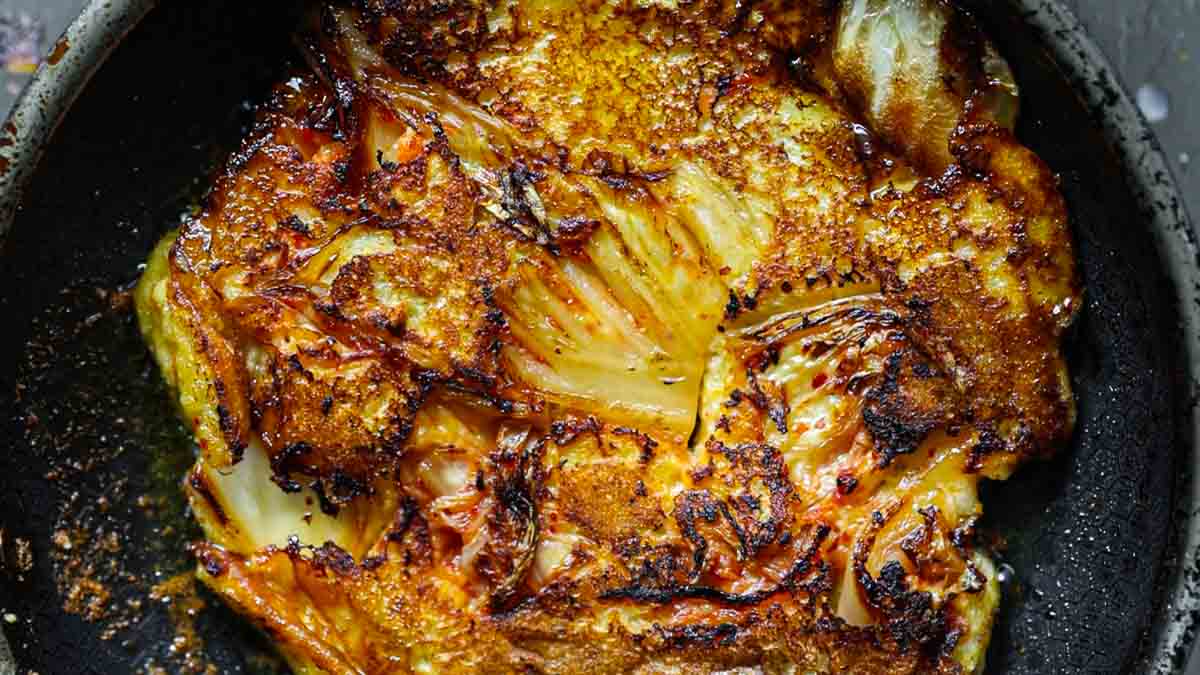
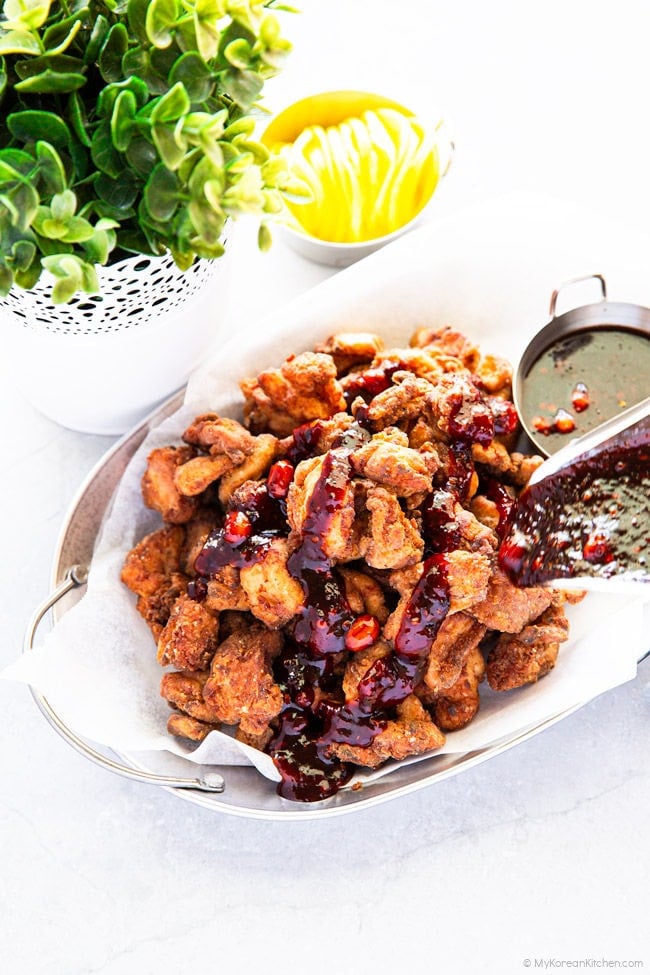
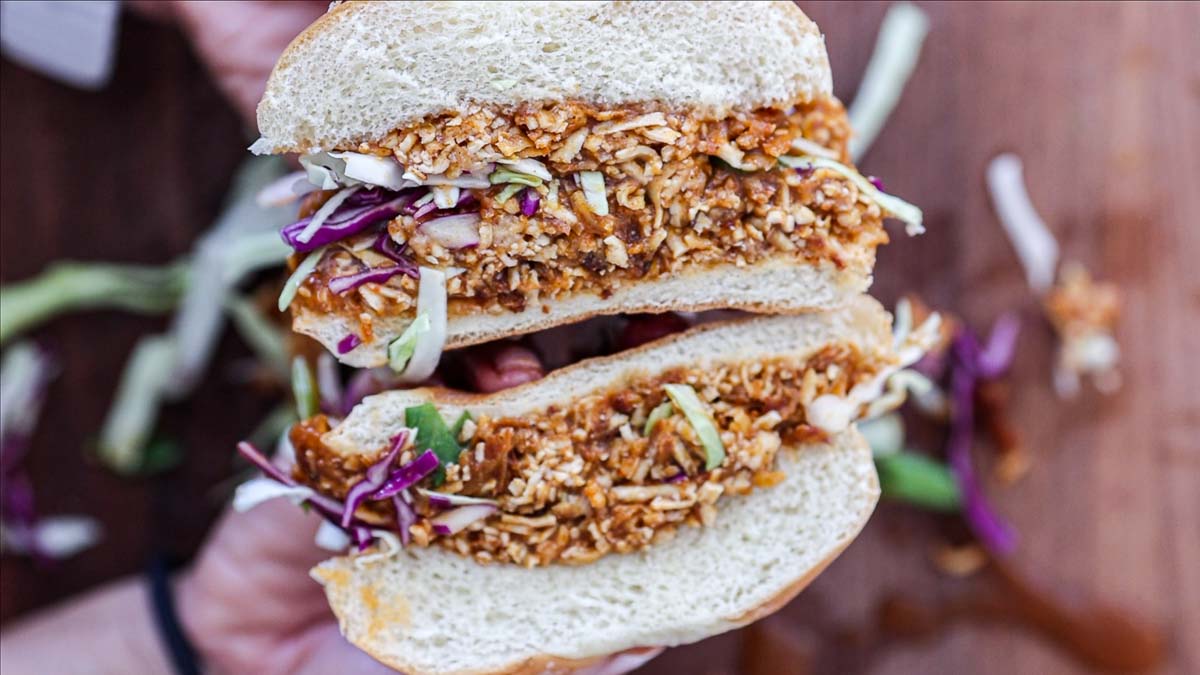


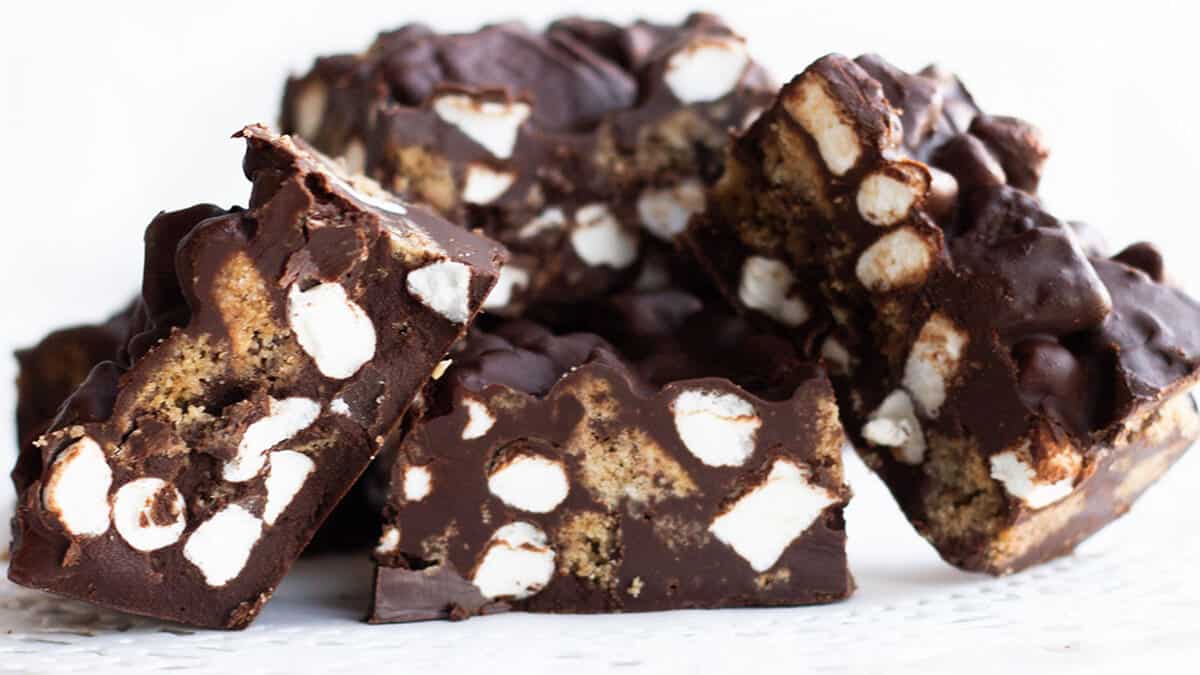
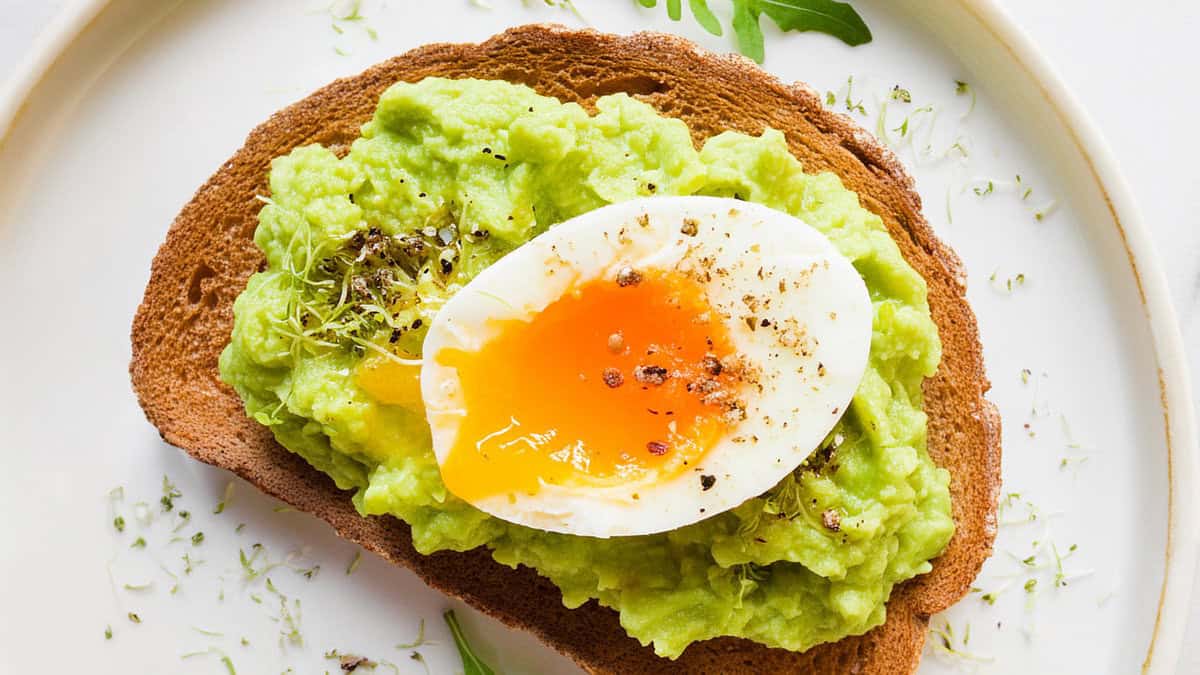

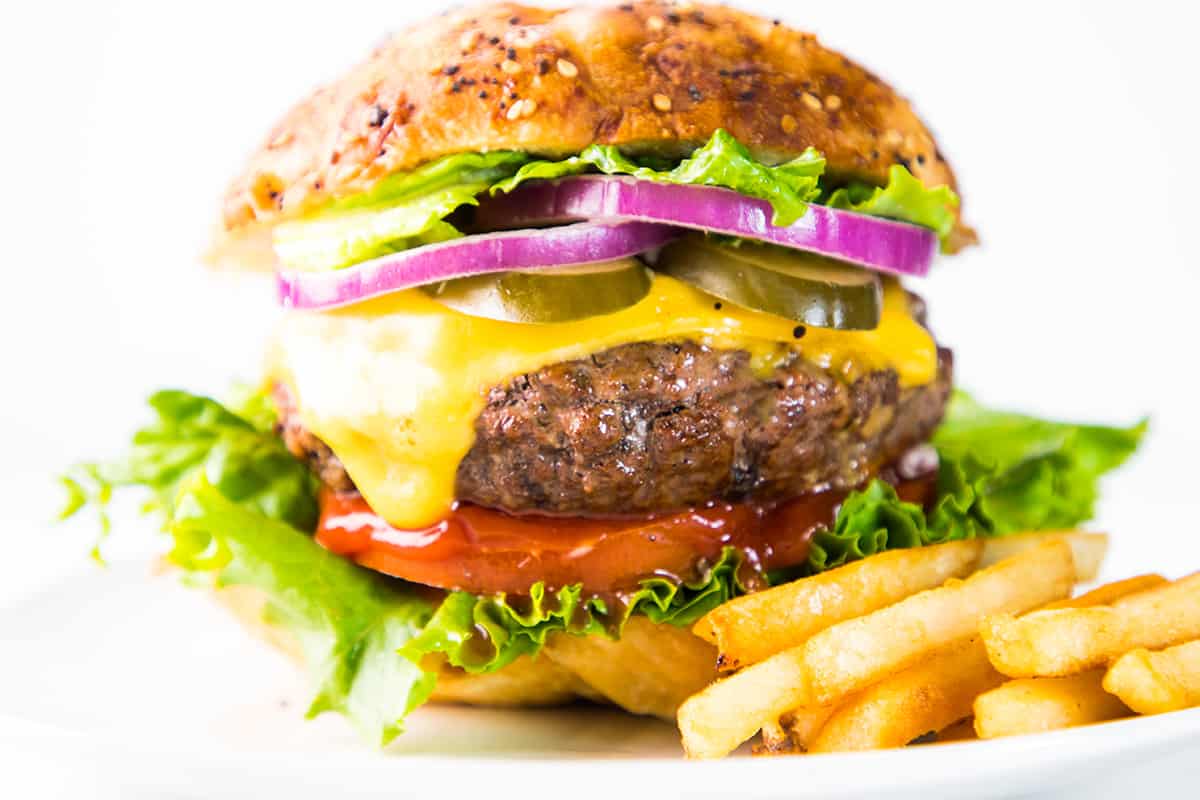
 English (US) ·
English (US) ·